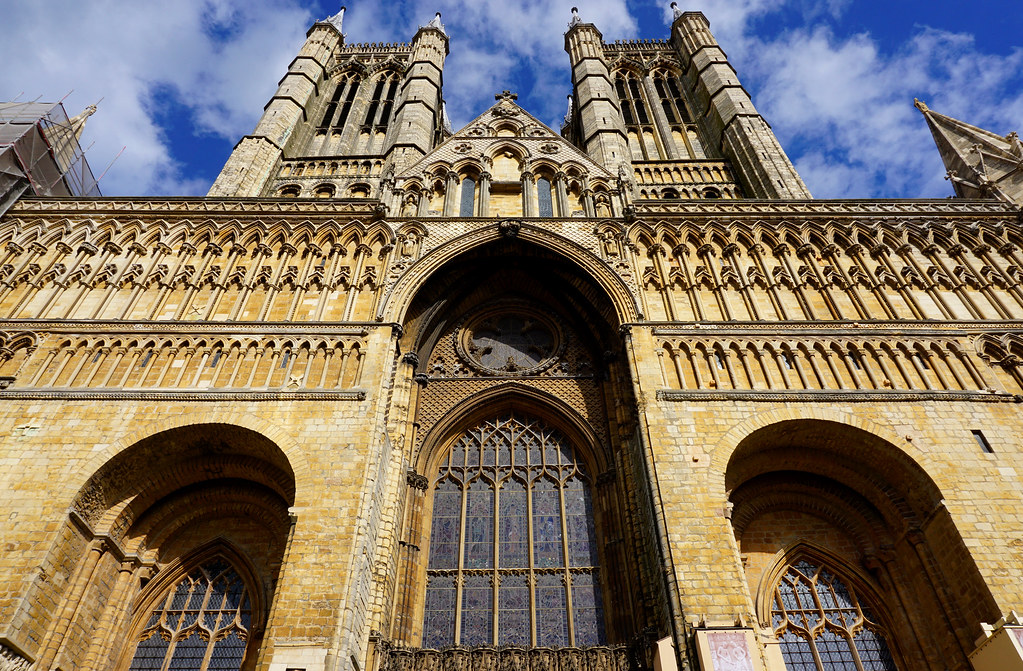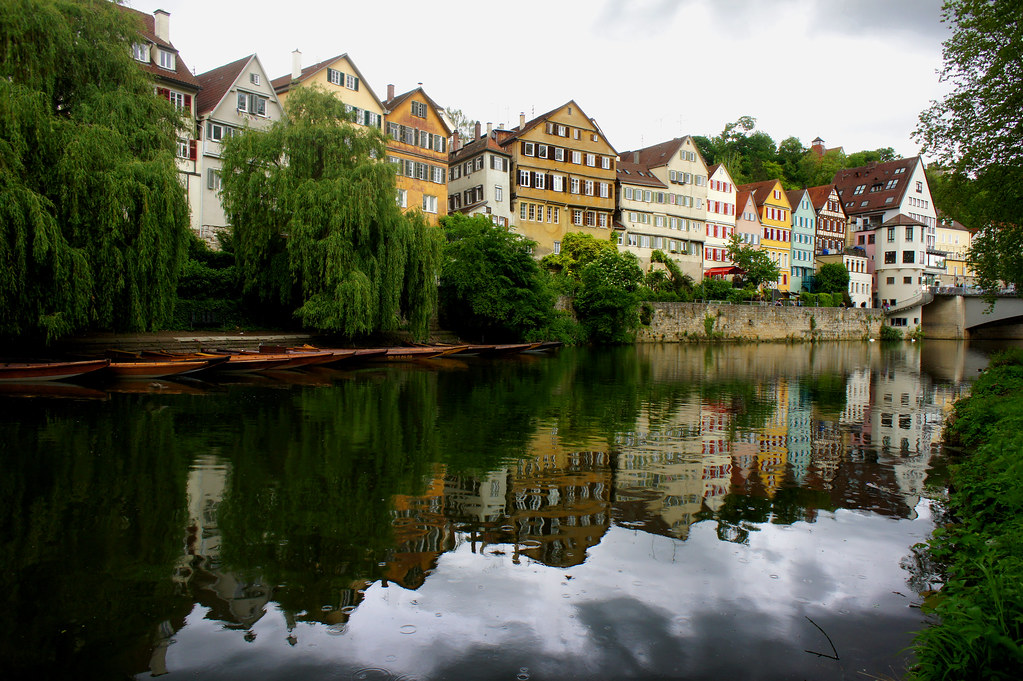Unveiling the fascinating relationship between architecture and ceramics, this article delves into the intricate ways in which these two art forms intertwine to create stunning structures. Did you know that ceramics have been used in architecture for thousands of years, adding both beauty and functionality to buildings? Explore the timeless bond between architecture and ceramics and discover the secrets behind their enduring partnership.
| Art Form | Article Title |
|---|---|
| Sculpture | The Artistic Fusion of Architecture and Ceramics |
| Design | Design Innovations: Integrating Ceramics into Architectural Projects |
| Pottery | Pottery as a Form of Architectural Expression |
| Glassblowing | The Intricate Relationship Between Glassblowing and Architectural Design |

Sculpture is a form of artistic expression that seamlessly blends the principles of architecture with the versatility of ceramics. The intricate process of sculpting allows artists to create three-dimensional works that evoke emotion and tell stories. By incorporating ceramics into their sculptures, artists are able to add texture, color, and depth to their creations, resulting in truly unique and captivating pieces.
Innovative designers are constantly exploring new ways to incorporate ceramics into architectural projects, pushing the boundaries of traditional design concepts. Whether used as decorative elements, structural components, or functional features, ceramics offer a wide range of possibilities for enhancing the aesthetics and functionality of buildings. From intricate tile work to large-scale installations, the integration of ceramics into architectural design adds a layer of creativity and sophistication to the built environment.

Pottery has long been used as a form of architectural expression, adding unique and personalized touches to buildings and spaces. From decorative tiles to intricate pottery installations, the use of pottery in architecture allows for a blend of functionality and artistic creativity.

In the realm of collaborative arts, kiln sharing emerges as a fascinating intersection between pottery and architecture. This practice not only fosters a sense of community among ceramic artists but also encourages an exchange of skills and ideas that can transcend into the architectural domain. By sharing kilns, artists and architects alike can explore the materiality and structural possibilities of ceramics in larger-scale projects. This melding of crafts enriches both fields, offering innovative ways to think about space, form, and function. For those interested in delving deeper into this interdisciplinary approach, consider exploring the concept further in our detailed guide.
Exploring the Intersection of Architecture and Ceramics
For a comprehensive understanding of these topics including sculpture, design, pottery, glassblowing, and urban planning, you can visit the Smithsonian Institution's official website at https://www.si.edu/Art-and-Design.
Glassblowing has long been intertwined with architectural design, offering a unique blend of artistry and functionality. From stunning glass facades to intricate stained glass windows, the use of glass in architecture adds a touch of elegance and modernity to buildings. Glassblowing techniques allow for the creation of custom-designed glass elements that can enhance the aesthetic appeal and structural integrity of architectural projects. The interplay between light and glass in architectural spaces creates a dynamic and visually captivating environment, showcasing the beauty and versatility of glass as a material in architectural design.